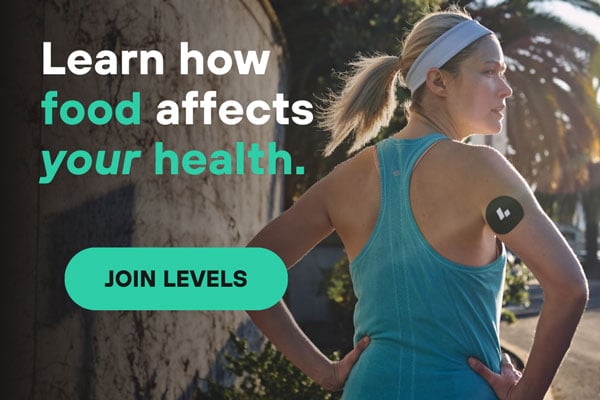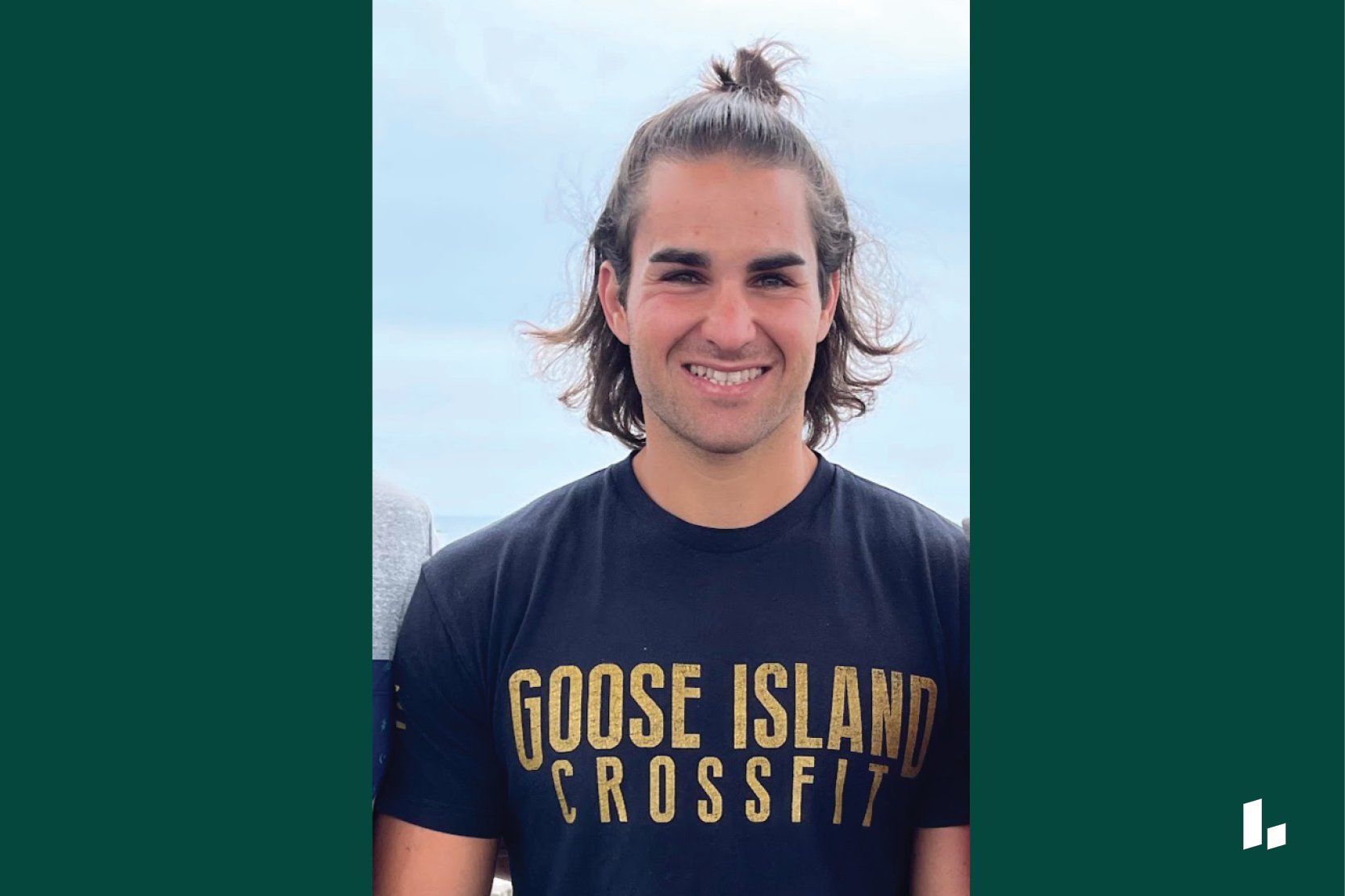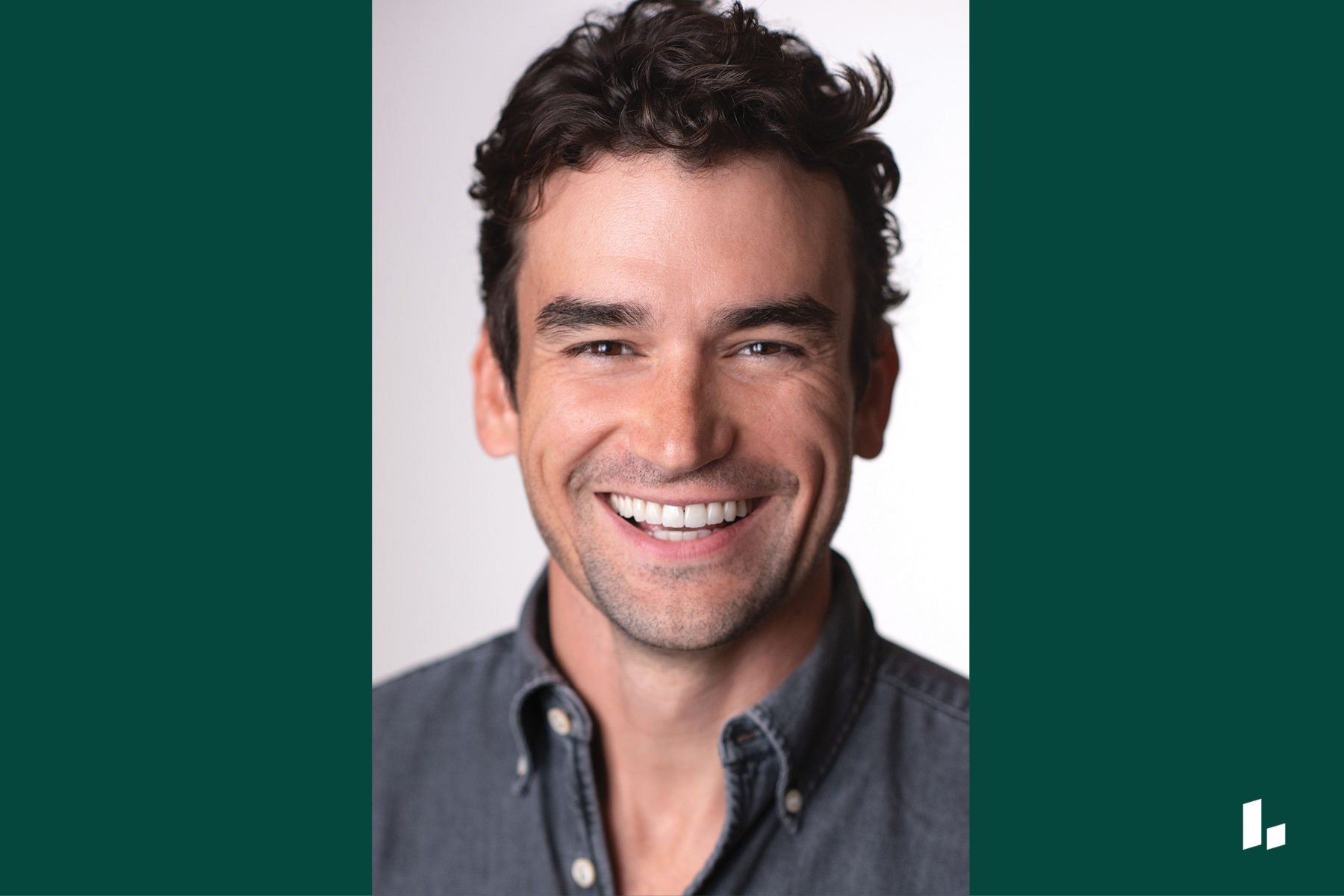Member Profile:
Who: John J. Parenti II, MS, RDN, 32
Where: Miami-Fort Lauderdale
Most Useful Takeaway: You can’t just go to sleep, and everything cancels out to restart the next day. The blood doesn’t rest.
1. How did CGM come onto your radar? How did you get to thinking about blood sugar?
Being a dietitian, I learned in my undergraduate and graduate work about Type 1 and Type 2 diabetes and the impact that high blood sugars can have on one’s health. But not to the level, no pun intended, that Levels does.
I first learned about Levels through another colleague in the NFL. He shared some of his data, which sparked my interest in getting a trial for myself. It was an eye-opening experience. I saw, firsthand, the impact my current diet and lifestyle had on my blood glucose. What intrigued me more was seeing how it impacted how I felt. To this day, I am still wearing my CGM. I firmly believe it can be a valuable tool to any practitioner: Dietitian, doctor, or anybody in the health profession.
2. What was your experience when you first put one on, especially as somebody who thinks about food all the time?
As dietitians, we’re taught that foods such as whole grains and oatmeal can help stabilize blood glucose due to their fiber content. So we relay that message to our clients. I was and still am an oatmeal consumer. However, when I first used Levels, I noticed that my blood glucose would spike significantly when I consumed oats. Sweet potatoes were another food that had the same result. Now, could this have been from other things, such as lack of sleep, stress, other foods consumed before that? Sure. I don’t avoid these foods, but based on these results, I have them occasionally or add things to them that help blunt glucose spikes.
Learn more:
3. How did other factors, such as exercise, affect your blood glucose levels?
When I did high-intensity or glycolytic training, I noticed that my glucose would spike, which is not surprising. But when you wear a glucose monitor, it can catch you off-guard if you’re not used to seeing it. On the other hand, during aerobic training sessions, I would notice I didn’t see spikes. As practitioners, we can get in the habit of telling our clients, “Consume carbs right before every workout!” It depends on the scenario, style of training, the person as an individual, their glucose history, etc. Nutrition individualization is critical. If someone is going into training with elevated glucose, do they need excess carbohydrates at that time? Sleep was another eye-opener for me. On nights when I had bad sleep, I noticed that my fasting blood glucose levels were higher.
4. How did the data on the app connect with how you felt? And have you felt the results of any of the changes you’ve made after wearing it?
My midday meal or snack was the most significant alteration for me. I noticed that when I ate a carbohydrate-heavy meal in the middle of the day, within a few hours, I would feel sluggish and tired. My eyes would be heavy, and it felt as if I had this drain on my mind. Since then, I’ve shifted towards a lower-carbohydrate, higher-protein meal or snack in the middle of the day when I want to be more focused and alert.
At night, when I am preparing my body to sleep, I consume more carbohydrates, especially the ones I had good glucose data on. Avoiding spikes has been important. You can’t just go to sleep and expect everything to cancel out or restart the next day. The blood doesn’t rest. The CGM has offered great insight into what my current routine was doing to me metabolically and helped me see what I could do for more stable glucose levels that ultimately optimizes my physiology.
5. How has this deeper dive into metabolic health changed your recommendations for your athletes?
There’s a focus on nutrition periodization. To me, your protein will be at a constant and stay relatively the same. The same can be said for your fats. Carbohydrates, however, are like a volume switch. At times, they’re up. At times, they’re down. You look at an athlete’s routine and what they do every single day. Depending on what time they train, you can modulate those carbohydrates pre- or post-training, depending on what they’re doing.
While I haven’t used a CGM with players, I think it’s something that you’ll see more of down the line. But as I’m wearing one, there are some takeaways from my experience. That’s where, again, the individualization from player to player is so vital. My glucose spike to oatmeal may be different for another person. I will never advertise my reactions to foods and suggest they limit or avoid those same foods. At the end of the day, you want your players to develop good eating habits and choose nutrient-dense foods to optimize their recovery, sleep, and performance. Levels provides an opportunity to educate people on how to better their nutrition routines.











